Developing a circular economy in agriculture helps address resource scarcity, protect the environment, respond to climate change, and bring high economic efficiency. This is a solution that needs to be further promoted to continue increasing the value chain for the agricultural sector.
Circular agriculture is an inevitable trend
The circular agriculture model is a closed-cycle production process that recycles waste and by-products back into raw materials for the farming and processing of agricultural, forestry and aquatic products. The recycling process requires the application of scientific and technical advances, biotechnology, physical and chemical technology, etc. to create safe, high-quality products, reduce environmental pollution, protect the ecology and human health.
The General Statistics Office's 2022 report shows that agriculture is a very important economic sector, contributing about 14% of GDP and 38% of employment. However, it is also the second largest sector in terms of emissions, generating 19% of Vietnam's total annual emissions. In this context, circular agriculture is the solution to help Vietnam build sustainable agriculture and fulfill its commitment to becoming a country with net zero emissions by 2050.
According to Professor, Academician, Doctor of Science Tran Dinh Long, circular agriculture is part of ecological agriculture - the most advanced agricultural sector today. Circular agriculture meets two principles: reducing fossil fuels, reducing greenhouse gas emissions and reusing waste, considering them as biological resources for circular use. Therefore, circular agriculture is also considered a "nature-friendly" agricultural sector associated with three factors for sustainable development: economy, society and environment.
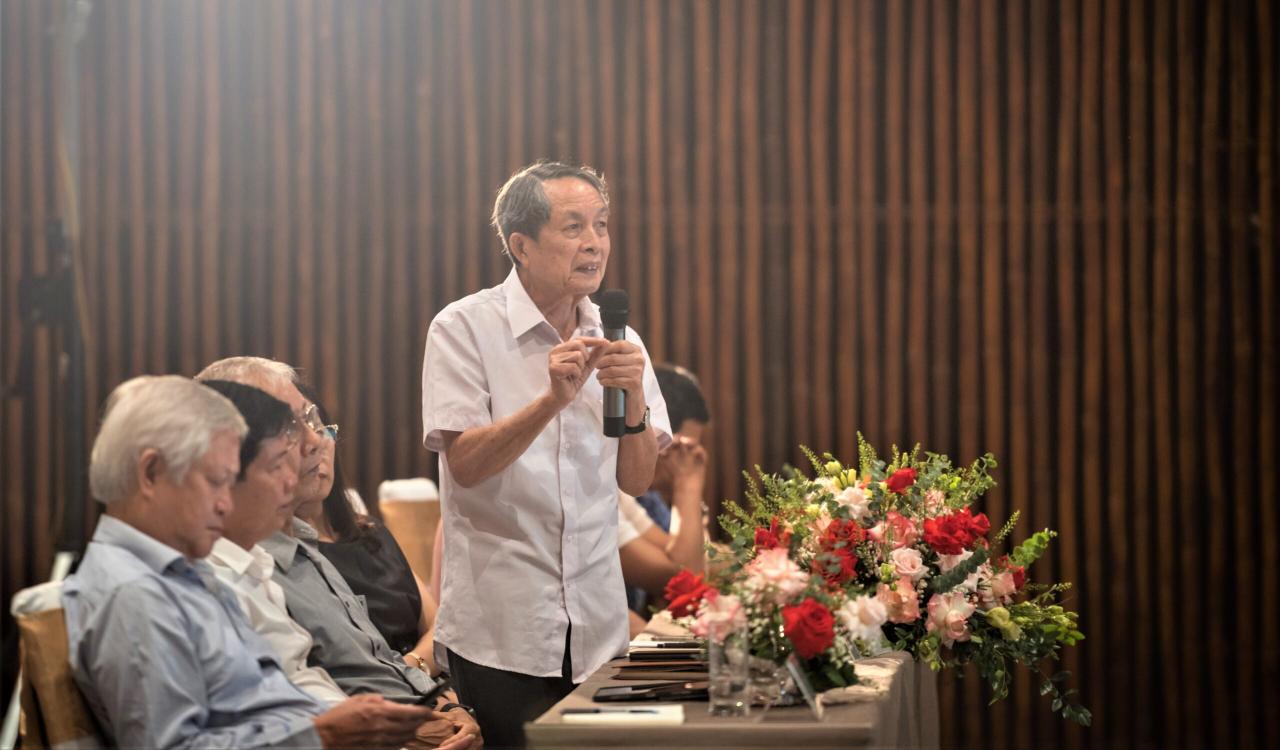
Professor, Academician, Doctor of Science Tran Dinh Long. (Photo: ActionAid)
Circular agriculture is a relatively new concept in our country and has not yet become a popular production model, only developing in some provinces, farms, households and some businesses. Vietnam is gradually incorporating circular economy into its institutional and policy framework. The phrase "Circular economy" was first introduced in the Resolution of the 13th National Party Congress, demonstrating the importance of circular economy in socio-economic development. Circular agriculture is currently a topic of special interest to the Ministry of Agriculture and localities.
Many models have been successfully deployed.
On June 7, 2022, the Prime Minister issued Decision No. 687/QD-TTg approving the Project "Developing a circular economy in Vietnam" to create a breakthrough in economic recovery and implement sustainable development goals, realizing the National Strategy on Green Growth for the period 2021-2030, with a vision to 2050.Many local authorities have implemented programs to guide farmers in organizing environmentally responsible production by reusing by-products and waste as raw materials for the next production cycle to develop a circular economy. Some typical models include: models of creating and using gas from wastewater and waste in farming and livestock; models of combining farming - livestock - aquaculture, agro-forestry, garden - forest, etc.
In Soc Trang province, many projects have been implemented to help people process and utilize manure as organic fertilizer for crops, helping to reduce environmental pollution and improve soil such as: Supporting low-carbon agriculture; Building biogas digesters, composting... The province also supports instruction on straw mushroom cultivation by utilizing the amount of straw after each rice harvest.
According to Mr. Nguyen Van Dien in Bau Cat hamlet (Hung Loi commune, Thanh Tri district, Soc Trang province), in the past, after the rice harvest, straw was often burned, causing environmental pollution and soil degradation. After being trained in mushroom growing model, his family used straw to grow mushrooms, which is both economically effective and environmentally friendly.
“On average, 100 square meters can yield nearly 600 kg of mushrooms. Because mushroom prices fluctuate less than other vegetables, usually remaining at 50,000-60,000 VND/kg, after deducting expenses, farmers can earn a profit of nearly 20 million VND/100 square meters,” said Mr. Dien.
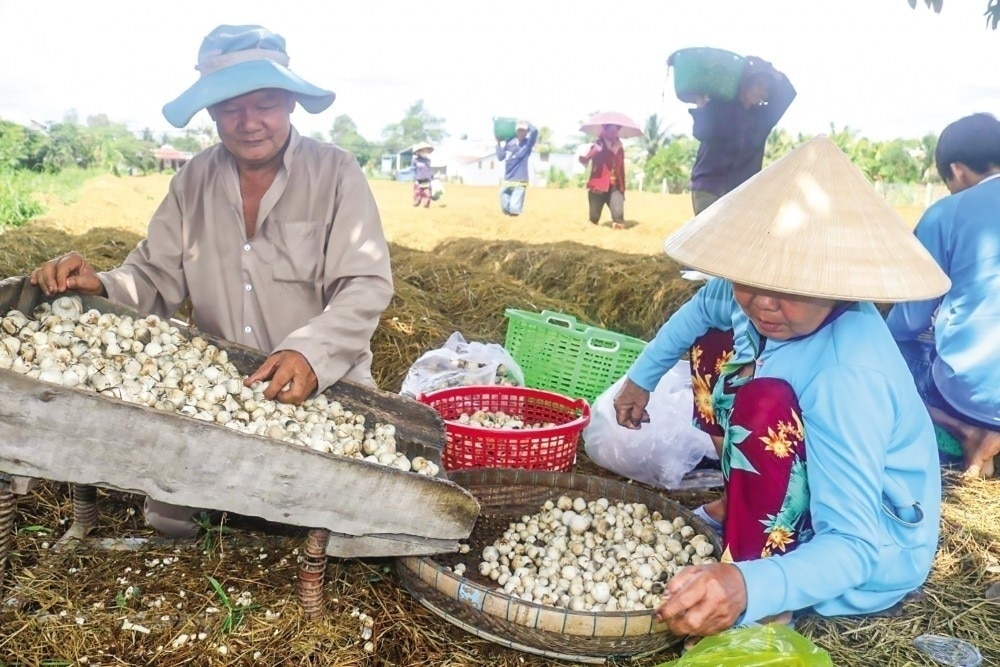
Straw mushroom growing model utilizes the amount of straw after each rice harvest. (Illustration photo)
Son La is also a locality that has developed many agricultural models of production according to a circular cycle. The 19/5 Farm Cooperative in Moc Chau is a typical example with about 20 hectares of production with a circular, closed cycle and about 100 hectares of linkage and consumption of products grown from vegetables, tubers, fruits... contributing to linking and increasing the value of products for ethnic minorities.
Mr. Nguyen Van Thinh, Director of 19/5 Farm Cooperative, said: Since 2011, the Cooperative has utilized the Biogas farming model to support processing and making fertilizer for tea, plum, and vegetable plants... On average, each year the Cooperative saves about 500 million VND in raw material costs. Having a good and abundant source of organic fertilizer for production, composted according to the correct process and time, when applied, the soil is significantly improved, helping the Cooperative develop a clean vegetable system towards organic agriculture, green and sustainable development.
Mai Anh


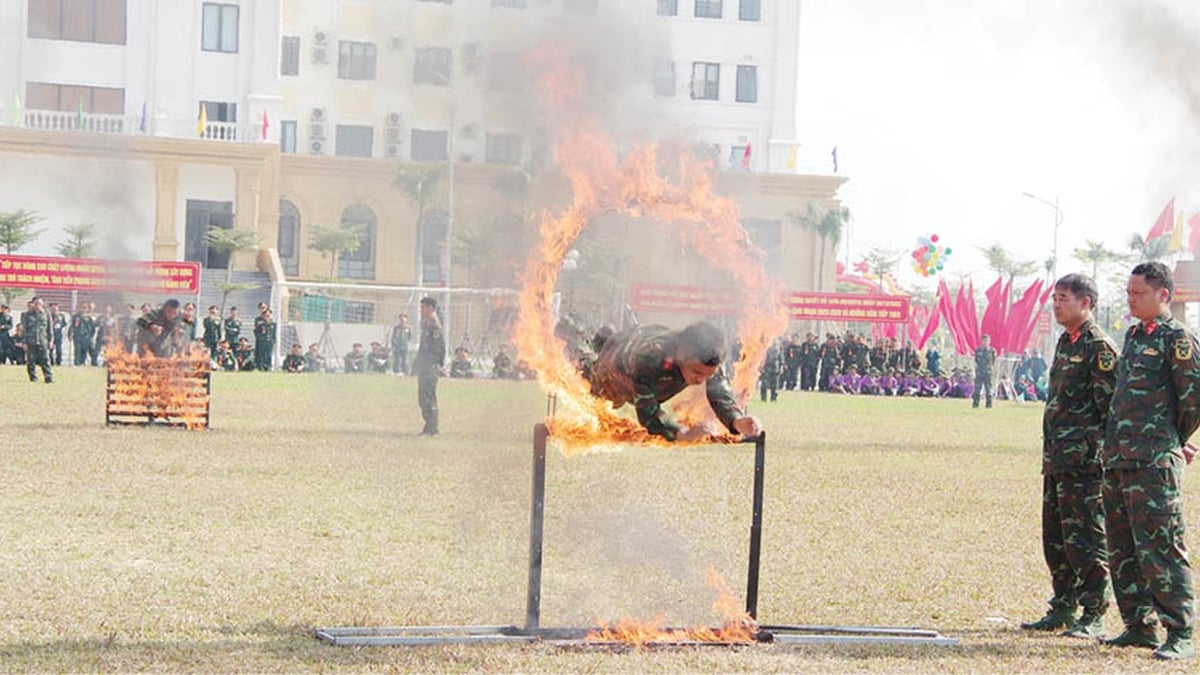
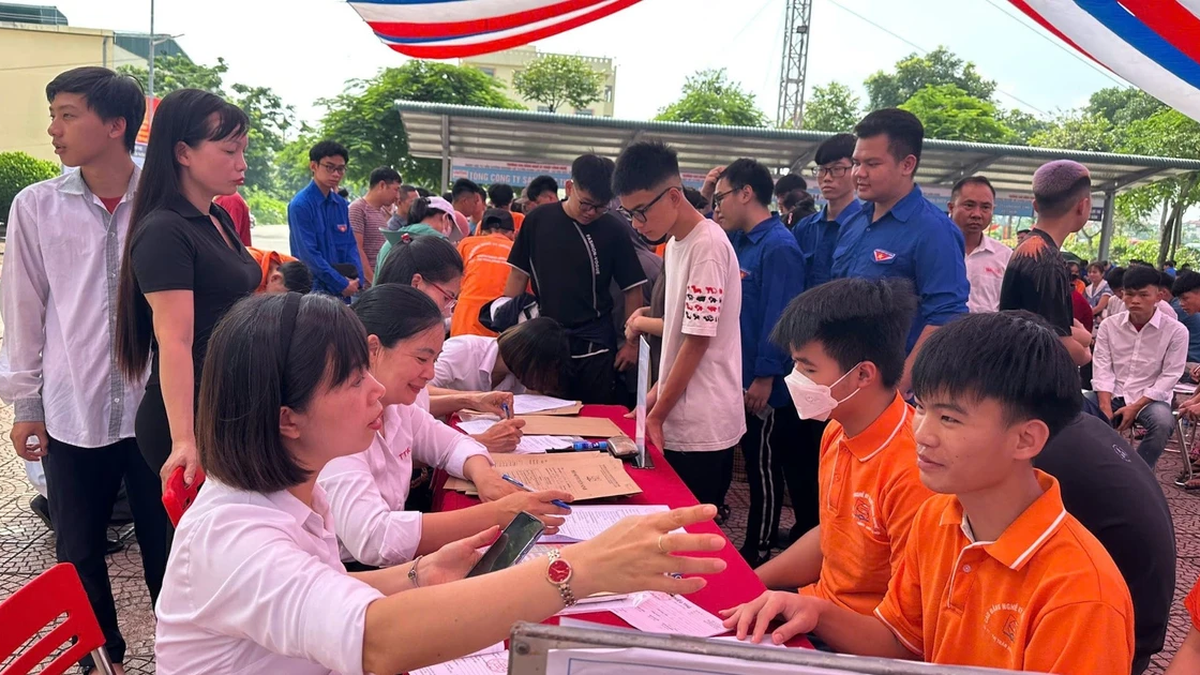
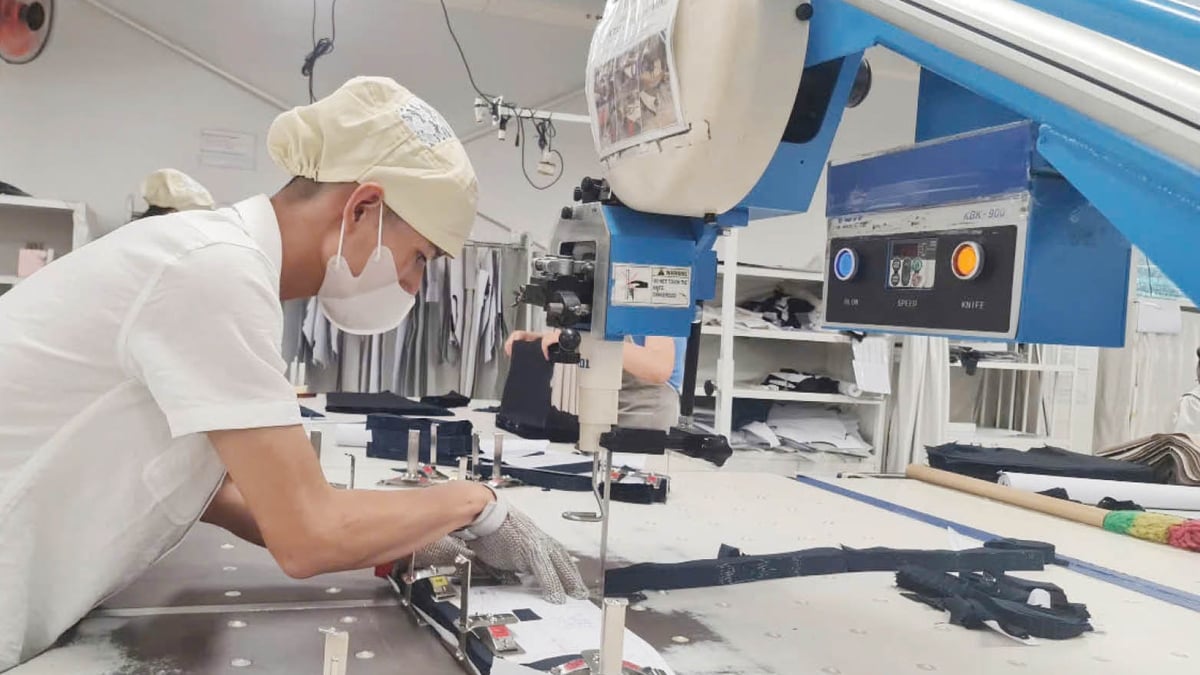



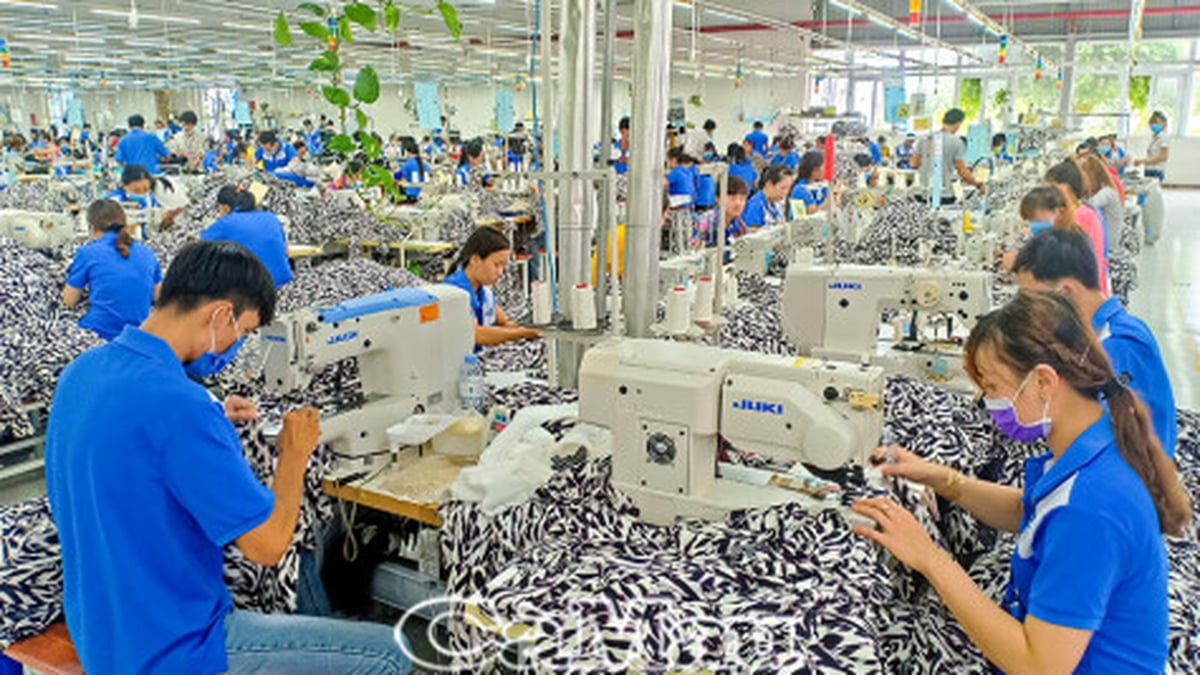
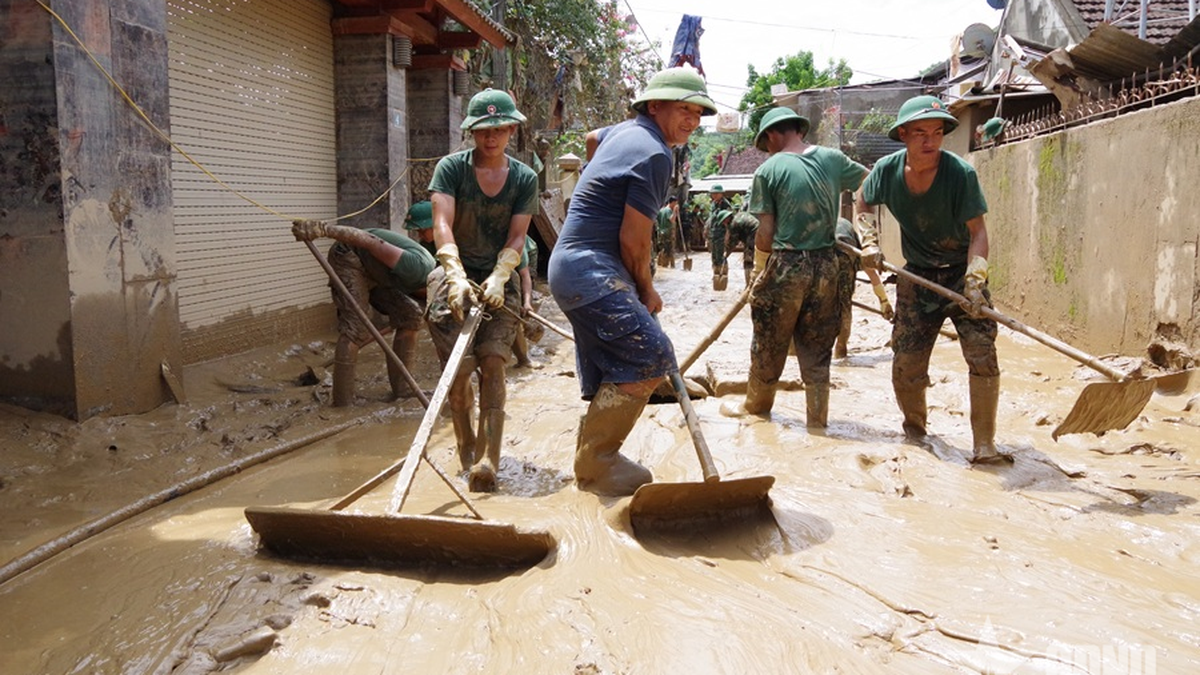
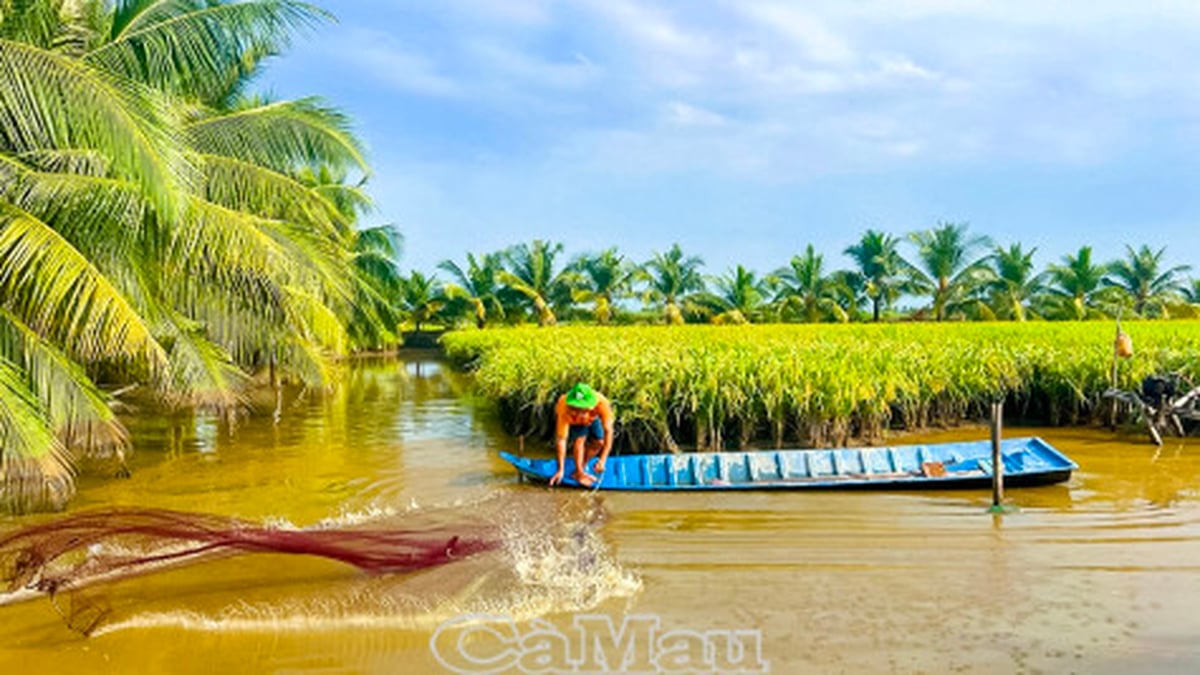
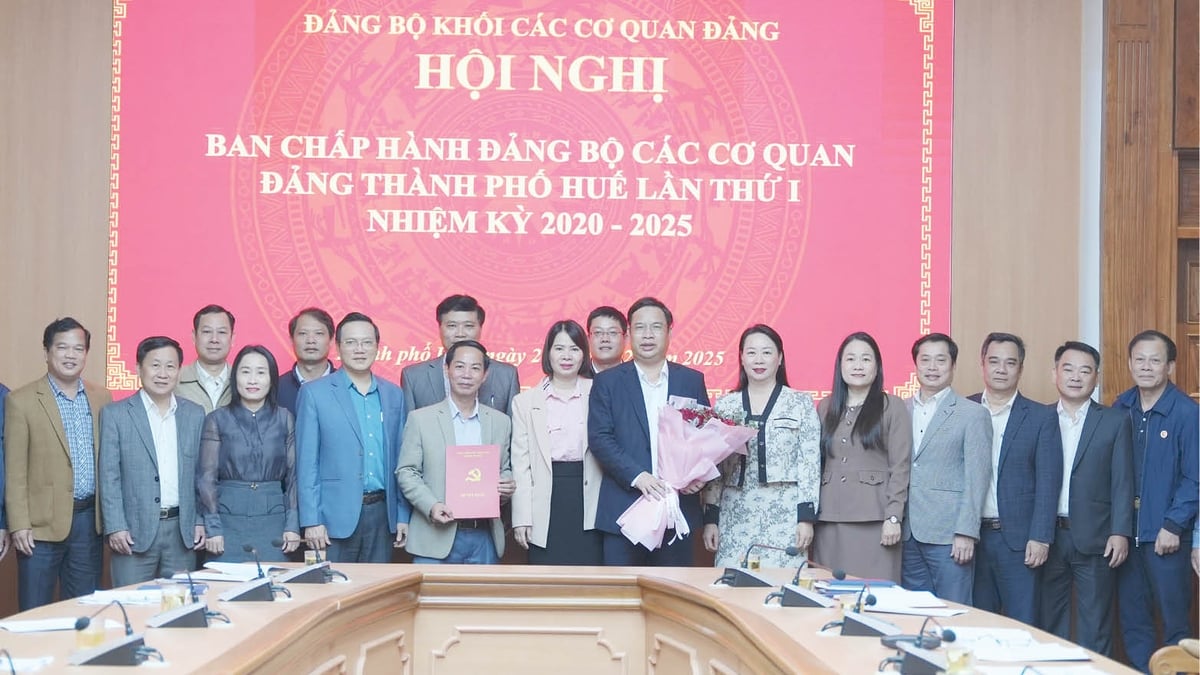










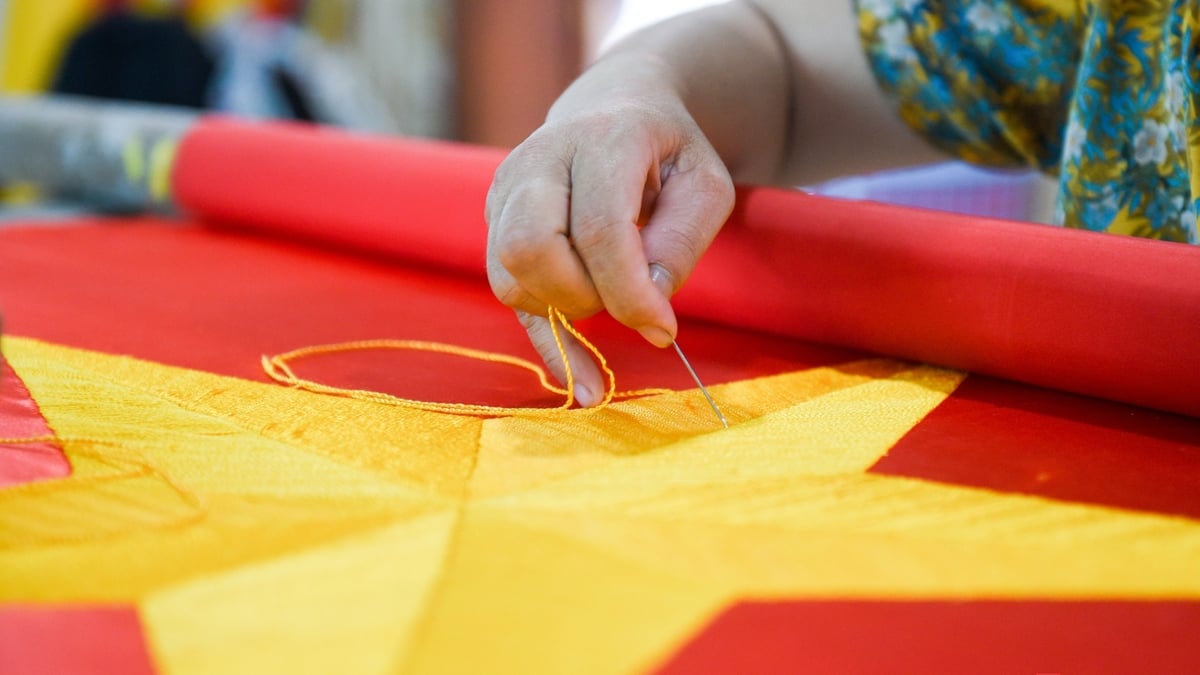


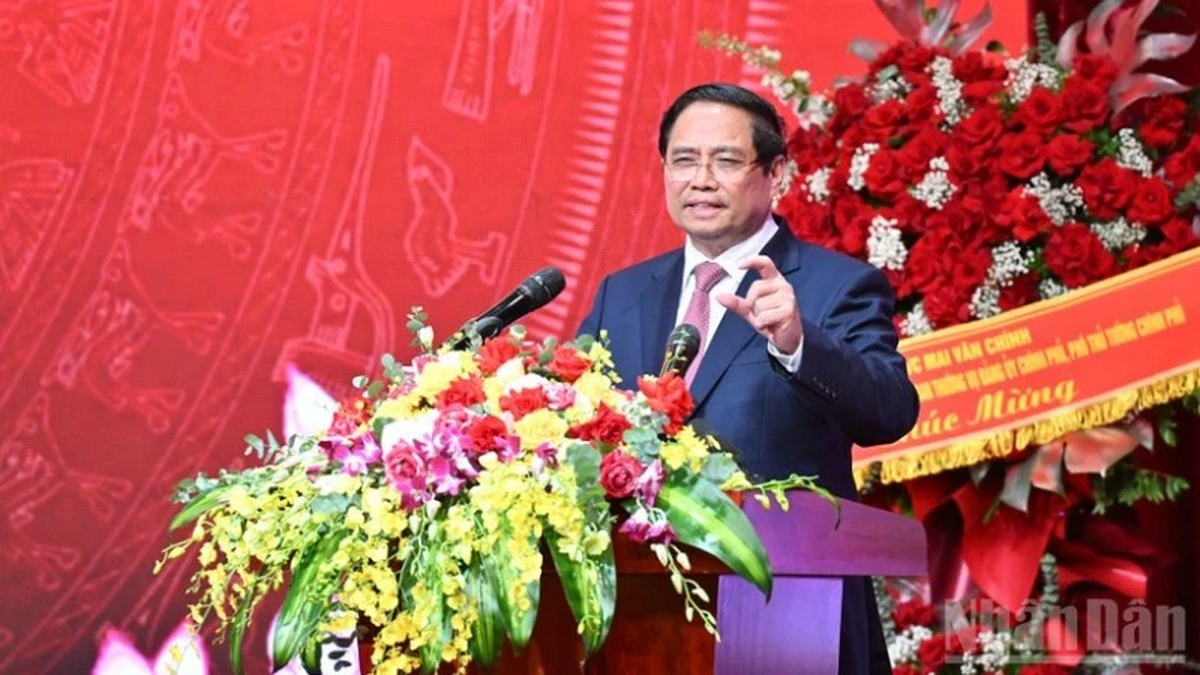
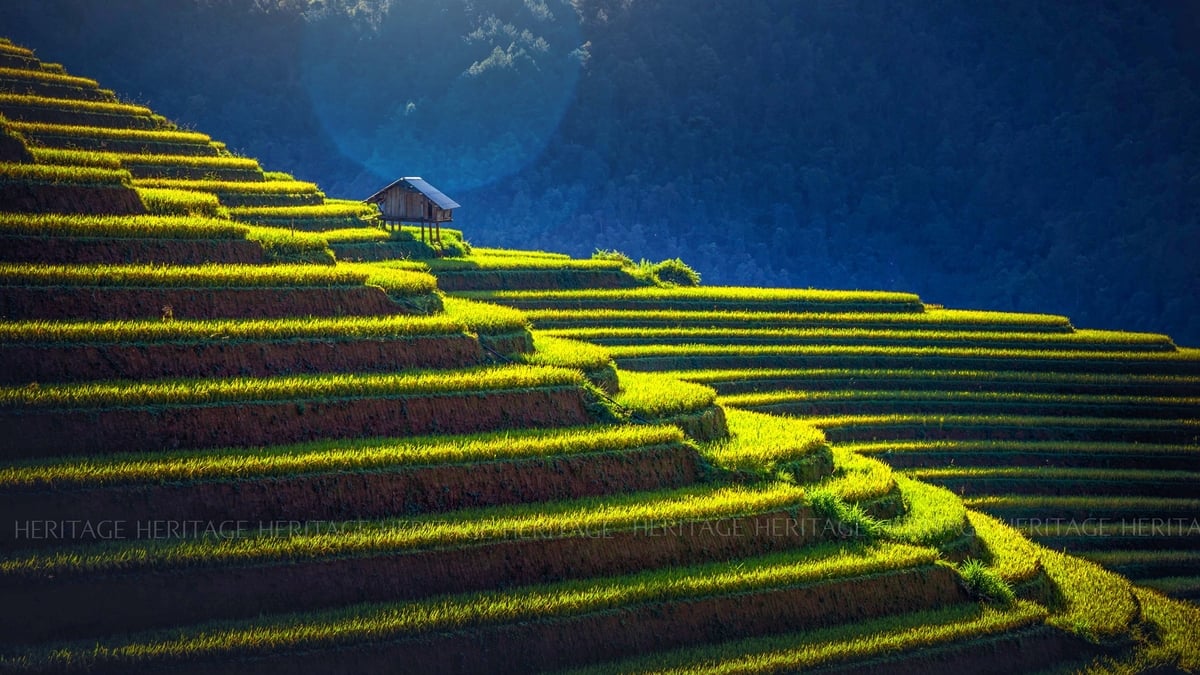
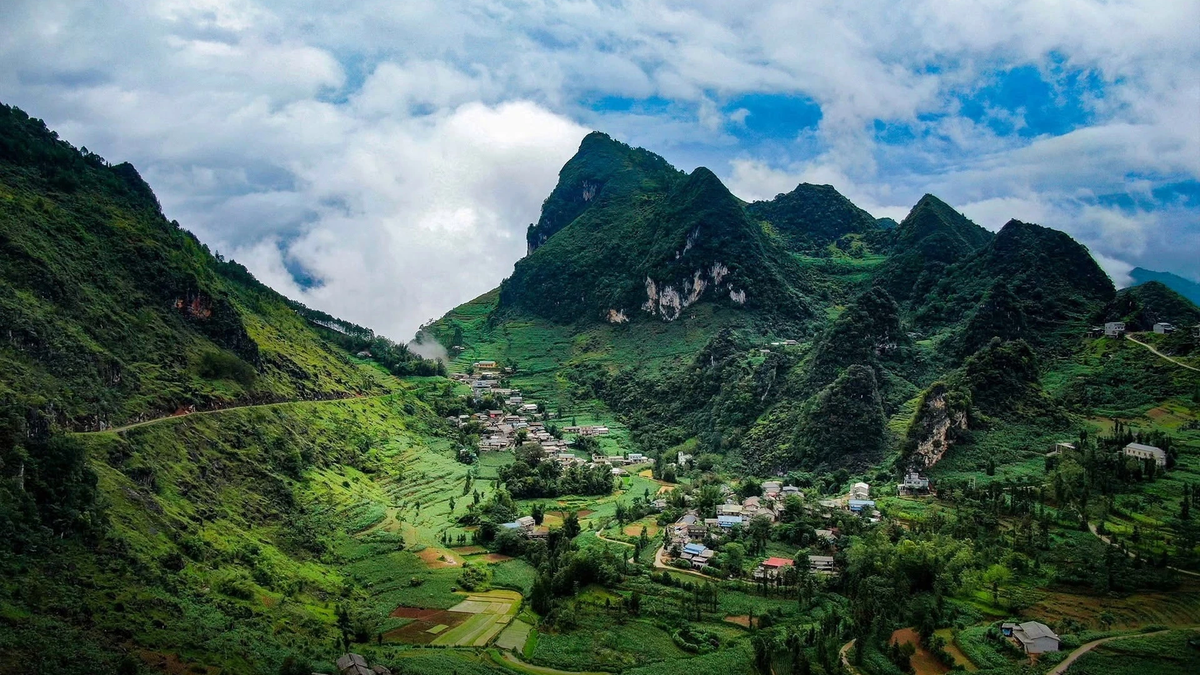
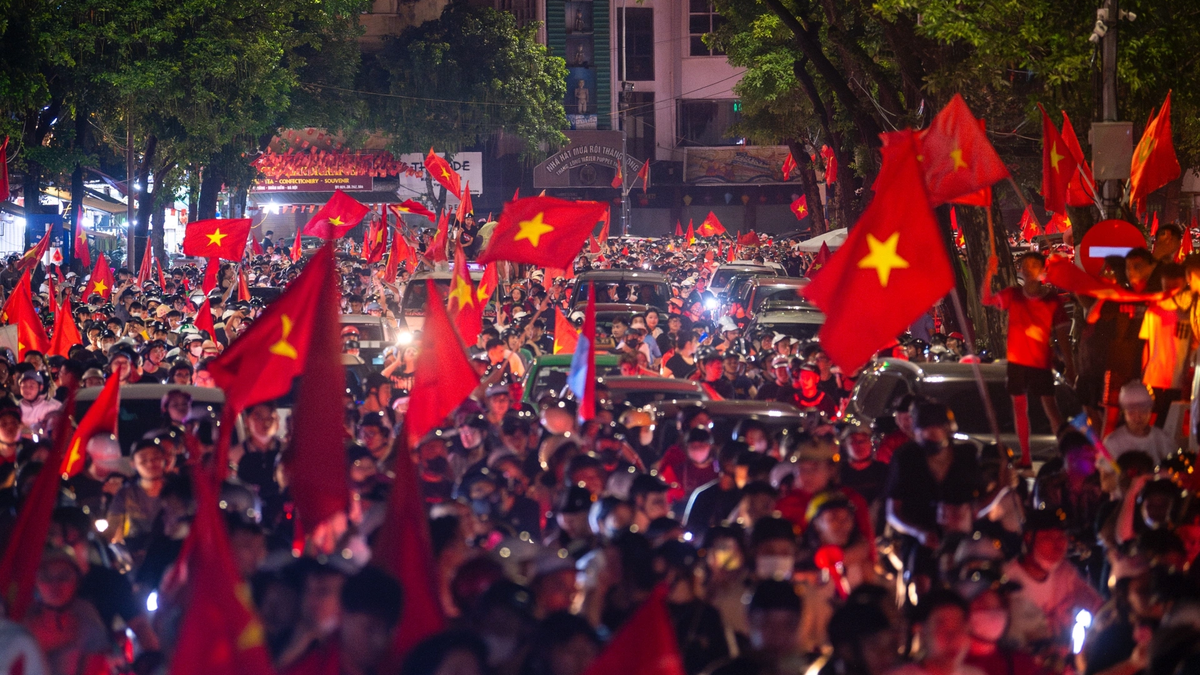



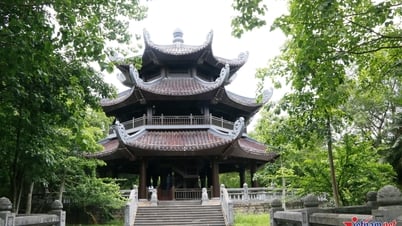

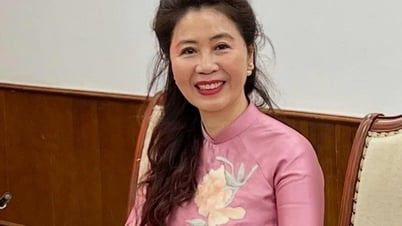

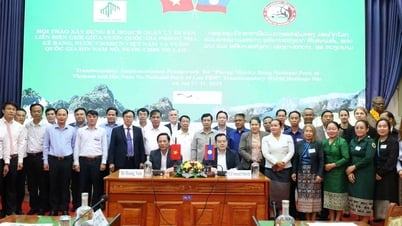

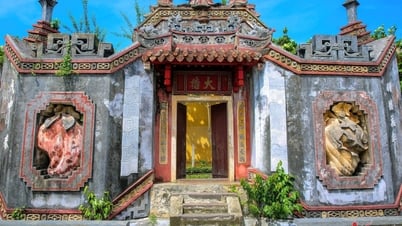


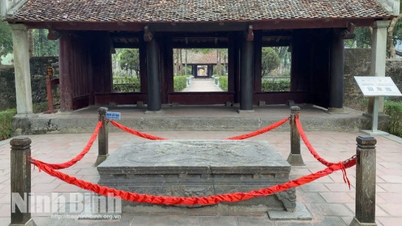

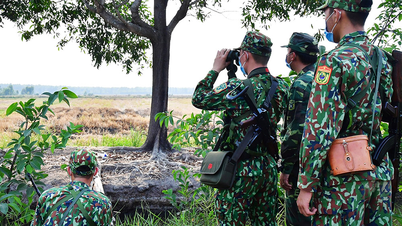




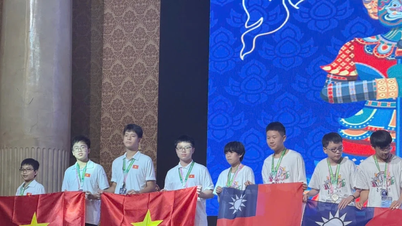







![[Maritime News] Container shipping faces overcapacity that will last until 2028](https://vphoto.vietnam.vn/thumb/402x226/vietnam/resource/IMAGE/2025/7/30/6d35cbc6b0f643fd97f8aa2e9bc87aea)
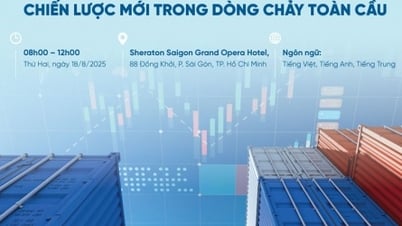

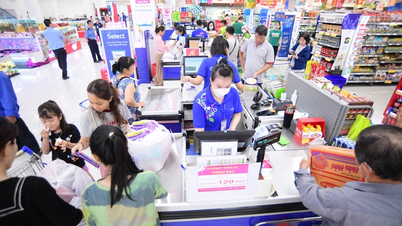




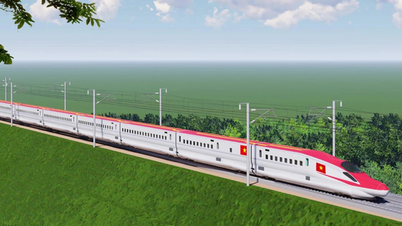
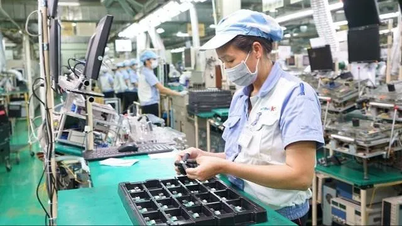



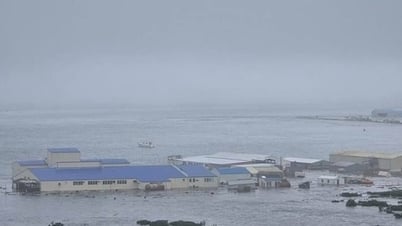

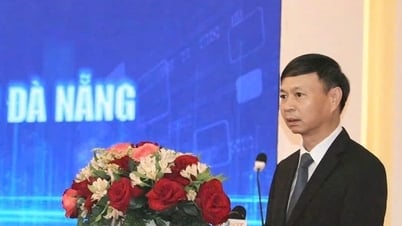

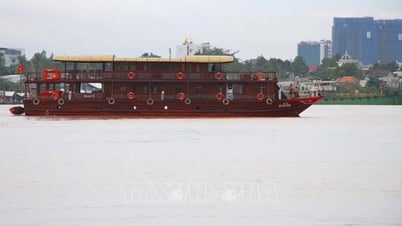

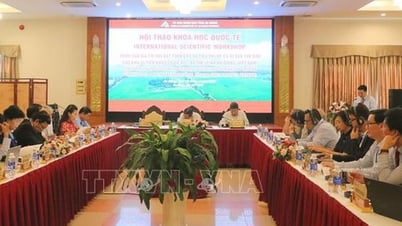
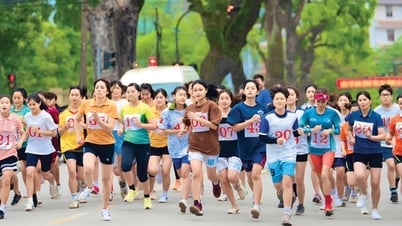
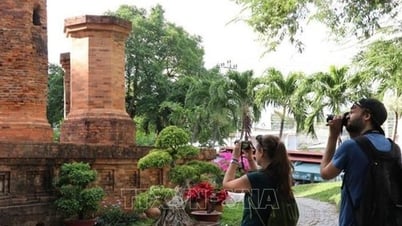
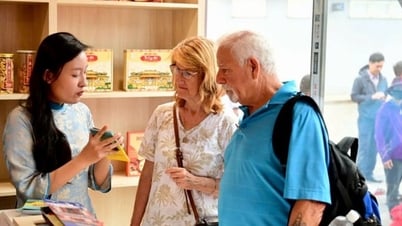







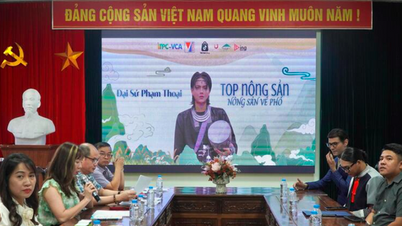

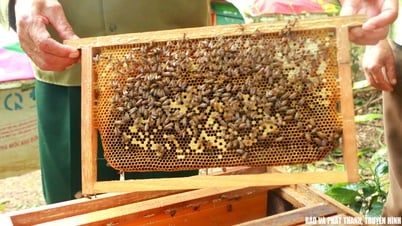

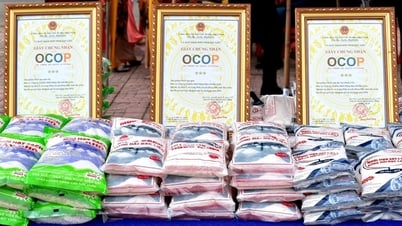
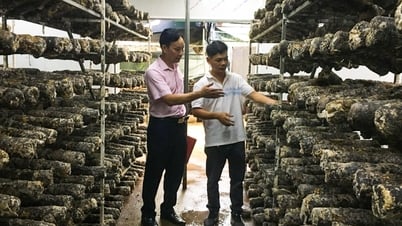

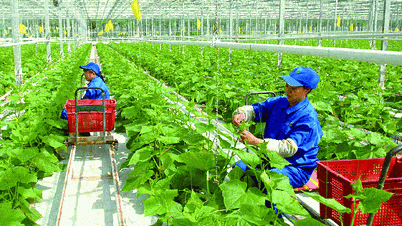




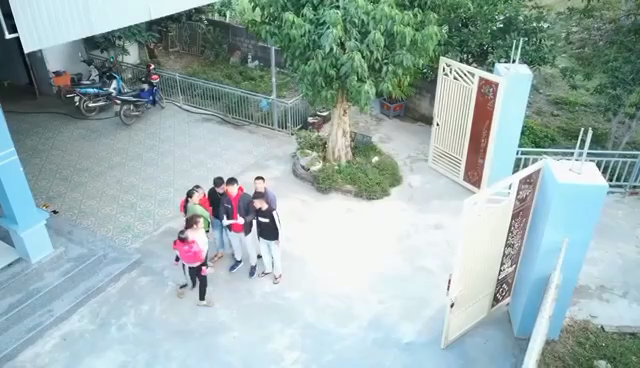
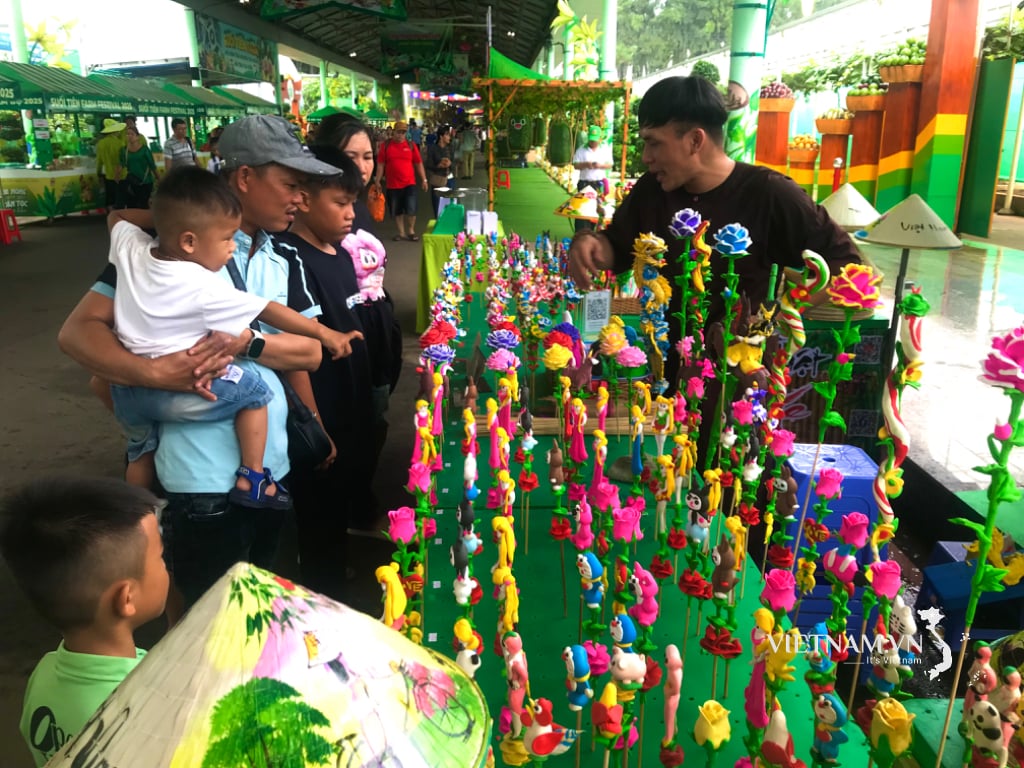

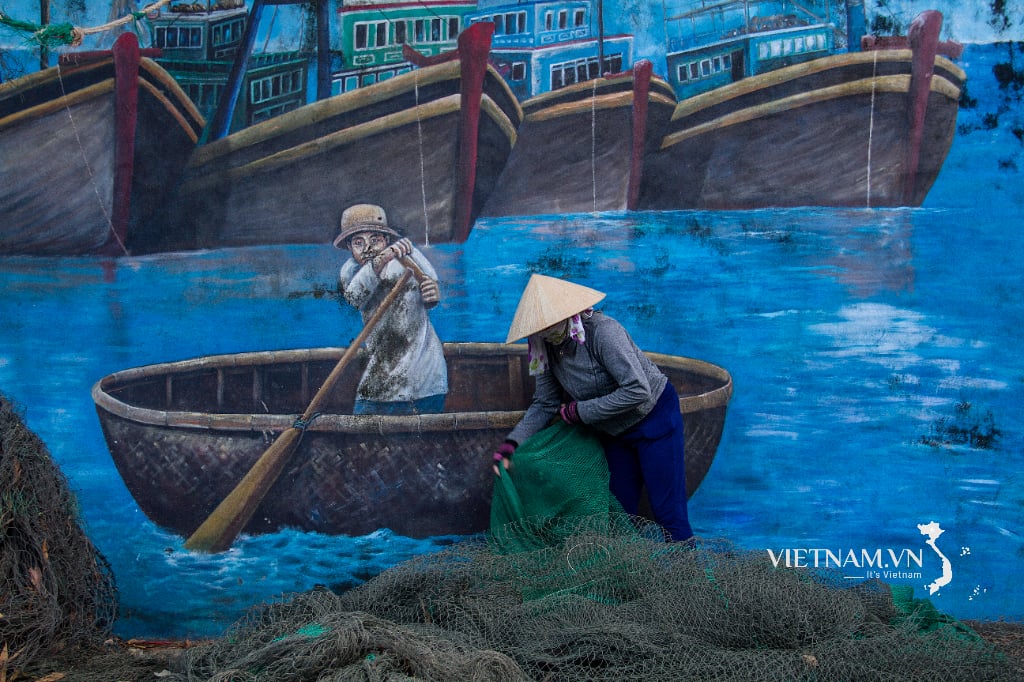
Comment (0)